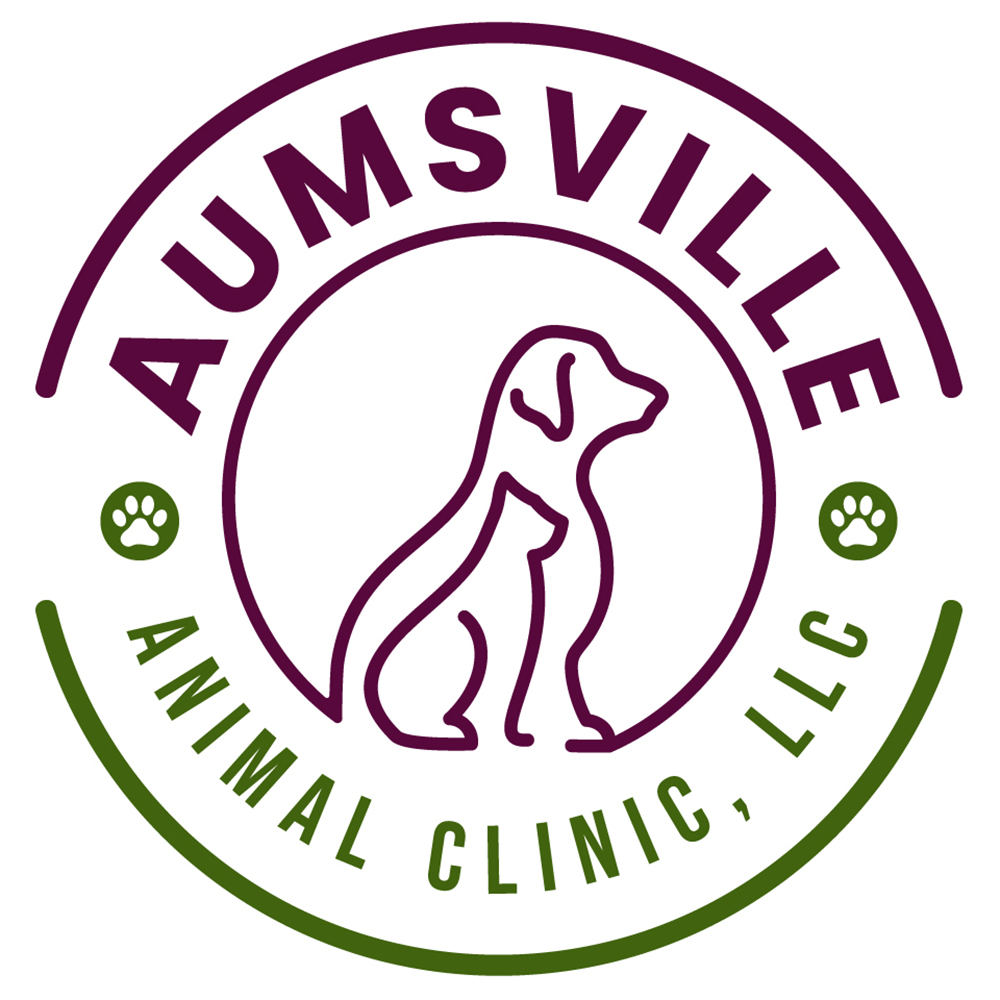Seizures in Dogs
Neurological events causing involuntary muscle activity are often treatable with veterinary care to improve your pet’s quality of life.
WHAT TO DO IF YOUR DOG HAS A SEIZURE AT HOME
Seizures (convulsions) are neurologic events that typically result in involuntary muscle activity. This sheet provides our recommendations on managing your pet if it is having an episode at home.
Common symptoms of seizures include:
- Running in circles
- Falling to the floor immediately, instead of laying down as usual
- Twitching
- Stiff muscles
- Going completely unconscious
- Being unable to look at you or anything else
- Drooling
- Biting
- Urinating or defecating uncontrollably
- Staring blankly but remaining standing
If your pet has experienced a seizure, please monitor them for additional seizure episodes at home. If one should occur, please try to record the episode with a cell phone or digital camera, as this can be very helpful for your veterinarian. It is also beneficial to keep a journal of the episodes with the date, time, length of episode, signs observed, and associated activity. Be sure to share this information with us to help your veterinarian determine the best treatment for your pet.
Some general rules on what to do during your pet’s seizures:
- Stay calm and note the time. Most seizures are brief, lasting only 1-2 minutes or less.
- Ensure your dog remains safe – move furniture out of the way and block staircases. If your dog has a seizure near the stairs or the edge of the bed, carefully push him to a safer location or place something in front of him that will prevent him from falling without hurting him.
- Leave your dog in this safe area, but remove other animals and children from the area during the seizure activity. Try to create a calm and quiet environment where your dog can recover.
- NEVER put anything into your dog’s mouth during a seizure, especially your hands! Dogs do not swallow their tongues during seizures but may bite uncontrollably during the episode. Similarly, your dog may be confused when he becomes alert and could bite out of confusion or fear. It’s generally best to avoid petting your dog during a seizure, even though it may upset you.
- After your dog is alert and awake again, he may be very tired. Let him sleep; you may check on him periodically, but it’s best to let him rest.
- After a seizure, Your dog may be extremely hungry or thirsty. Don’t force him to eat or drink; let him do so if he seems alert and can stand on his feet without wobbling or seeming confused.
When to seek immediate veterinary advice:
- If a seizure lasts longer than 5 minutes.
- Your pet is having trouble breathing.
- Your pet has more than two seizures in 24 hours.
- Two seizures within 30 minutes of each other, failing to return to normal in between.
